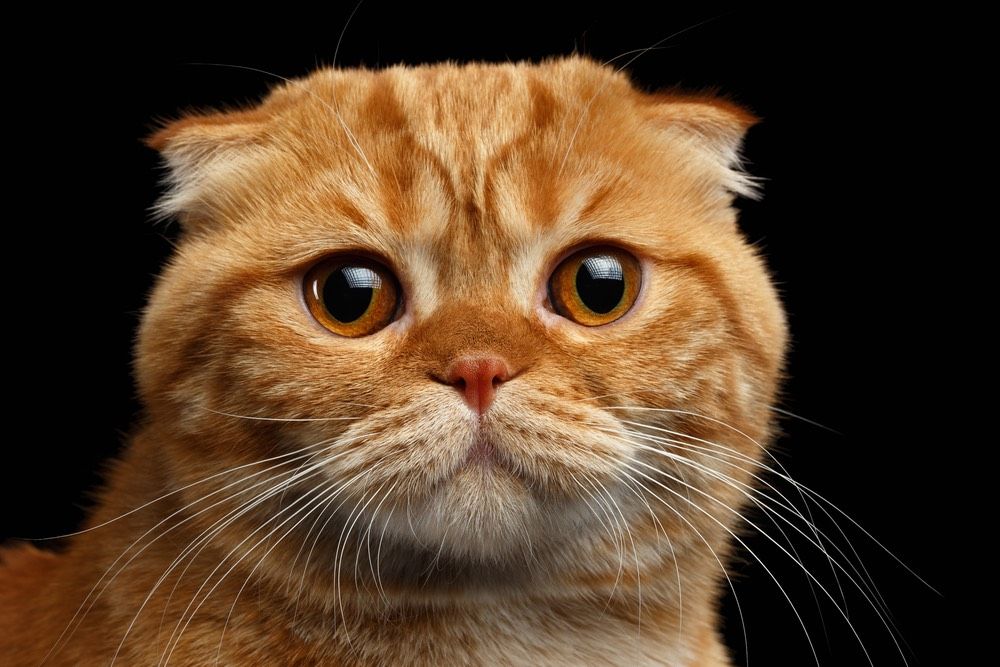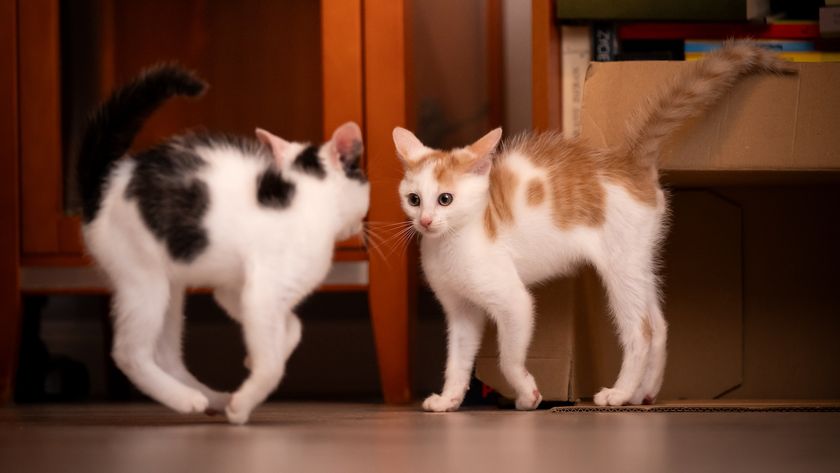
Why Are Cats Such Picky Eaters?

When Fluffy turns her nose up at the bowl of food you've placed in front of her, don't take it personally. Your seemingly high-maintenance cat has evolution to blame for her picky eating.
Cats as it turns out are driven to eat foods with a preferred ratio of protein to fat: 1 to 0.4. This translates to about 50:50 in terms of percentage of energy from protein and fat, according to the authors of a study published June 15, 2016, in the journal Royal Society Open Science.
RELATED: What Food Tastes Like to a Cat
What's more, "Cats can display neophobia," lead author Adrian Hewson-Hughes told Discovery News. "This means they are unwilling to try a food that is new or different to their normal food, which may make them appear fussy."
Prior research has found that cats and minks have almost identical food needs and foibles. Both are known as hypercarnivores, since they have evolved to eat a diet of almost exclusively meat, as opposed to omnivores like dogs. In the wild, eating a new food can lead to stomach upset or worse, making neophobia a lifesaver outside safe home environments.
To explore factors affecting cat food choices, Hewson-Hughes, a senior research scientist at the Waltham Center for Pet Nutrition, and his colleagues conducted a series of experiments.
First, they presented male and female cats with three flavors of wet foods that the researchers had formulated: rabbit, fish and orange. The foods had approximately the same protein to fat ratio. The felines favored fish, with rabbit being their second choice and orange a very distant third.
Sign up for the Live Science daily newsletter now
Get the world’s most fascinating discoveries delivered straight to your inbox.
The other experiments were designed to disentangle the influences of flavor and aroma from nutrition.
"Cats initially selected food based on flavor preferences, but after 'learning' (due to prior exposure) about the nutritional composition of the foods, cats selected foods to reach a particular target balance of protein and fat regardless of added flavors," Hewson-Hughes said.
As a result, some felines actually ate more orange-flavored chow, which had the target protein to fat ratio, than they consumed fish and rabbit-flavored foods without such a precise nutrient ratio.
How cats can detect this ratio remains a complete mystery for now.
RELATED: How Catnip Gets Cats High
Martha Cline, a veterinarian specializing in clinical nutrition at Red Bank Veterinary Hospital, recently analyzed current feeding practices of cat owners for the upcoming book, "Feline Internal Medicine," directed at animal health care experts. In it she suggests that cats may not be getting enough protein in their diets, per the current National Research Council and Association of American Feed Control Officials guidelines.
"The protein requirement of adult cats to maintain lean body mass is now thought to be higher," according to Cline, who explained that cats fed a high protein diet for 2 months in a study maintained healthy lean body mass, while cats fed moderate and low protein diets did not fare as well.
Still other research finds that domestic cats perceive bitterness at the molecular level, allowing them to detect off ingredients with incredible precision. This could further help to explain why felines so often turn up their noses to particular foods and medicines.
As for why felines seem to go for carb-laden cat treats, it could be that, like junk food for humans, short-term appeal, conditioning and even boredom may come into play. Hewson-Hughes did say that treats can be fine for cats, so long the treats only make up about 10 percent of the cat's daily calorie requirements.
RELATED: Secret to Surviving Extinction? Don't Be a Picky Eater
Orange-flavored cat food will not be coming to stores anytime soon, but the new research does pave the way for different formulations containing the desired protein to fat ratio.
"First and foremost, an ideal cat food should provide complete and balanced nutrition -- providing all the essential nutrients including vitamins, minerals and macronutrients to maintain the health of your cat," Hewson-Hughes said.
"An ideal food needs the right balance of protein and fat, based on the finding of this study, and also needs to be appealing to a cat in terms of flavor, aroma and texture. We still have a lot to learn before we fully understand all the factors that influence food selection in the cat."
This article was originally published on Discovery News.













